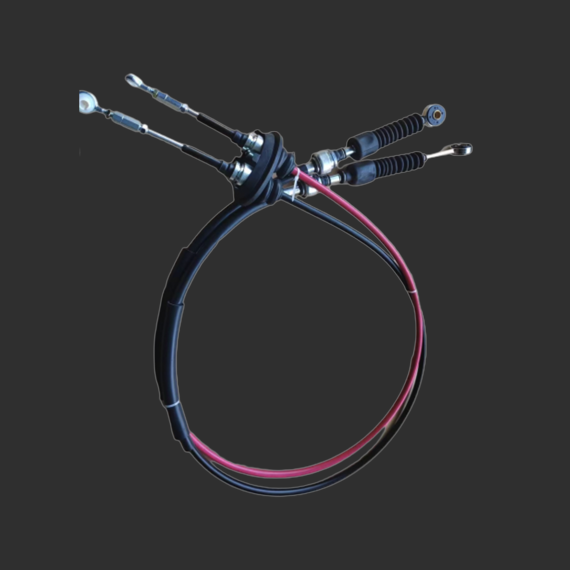Understanding Kart Throttle Cable Mechanics for Improved Performance and Control
The Importance of the Kart Throttle Cable
In the world of karting, every component plays a critical role in the performance of the machine and the safety of the driver. Among these components, the kart throttle cable is essential for ensuring smooth acceleration and precise control of the engine. Understanding this crucial part can significantly enhance a driver's performance and experience on the track.
What is a Kart Throttle Cable?
The kart throttle cable is a flexible steel wire enclosed in a protective sheath, connecting the throttle pedal to the carburetor. This cable is designed to transmit the driver’s input from the throttle pedal directly to the engine, allowing for variable engine power output based on how much pressure the driver applies. Its simplicity in design belies its importance; even the slightest malfunction can lead to drastic performance issues or safety hazards.
How the Throttle Cable Works
When a driver presses down on the throttle pedal, the cable is pulled, causing the carburetor to open further. This allows more air and fuel to enter the engine, resulting in increased power and acceleration. Conversely, when the driver releases the throttle, the cable retracts, causing the carburetor to close, which then reduces engine power. This system must operate seamlessly to allow for quick acceleration and deceleration, which are vital in competitive karting scenarios.
Common Issues with Throttle Cables
Like any mechanical component, throttle cables can be subject to wear and tear, and as such, regular maintenance is essential. Common issues include fraying, sticking, or snapping of the cable. A frayed or damaged throttle cable can lead to unpredictable throttle response, making it difficult for a driver to control the kart. This unpredictability can be particularly dangerous, especially at high speeds where precise control is essential.
Sticking can occur due to dirt accumulation or a kink in the cable. This can cause a driver to experience delayed throttle response, which means the kart may not accelerate or decelerate as expected. Properly routing and maintaining the throttle cable can help prevent these issues.
kart throttle cable

Maintenance Tips
To ensure optimal performance and reliability of your kart’s throttle cable, consider the following maintenance tips
1. Regular Inspection Frequently inspect the throttle cable for any signs of wear, such as fraying or kinks. Look closely at the attachment points at both the throttle pedal and carburetor to ensure they are secure.
2. Lubrication Use a suitable lubricant designed for cables to reduce friction and allow for smooth operation. This can help prevent sticking and prolong the cable's lifespan.
3. Correct Routing Ensure that the cable is properly routed without any sharp bends or kinks. The cable should move freely through its housing without any obstructions.
4. Adjustment Make periodic adjustments to the cable tension to ensure that the throttle response is immediate and predictable. This may require consultations with a professional or experienced kart technician.
5. Replacement If you notice any significant damage or wear, it’s best to replace the throttle cable immediately. A new, properly installed throttle cable can drastically improve overall kart performance.
Conclusion
The kart throttle cable may seem like a small component, but its role in karting is undeniably critical. Proper maintenance and understanding of this element can not only enhance a driver’s experience but also ensure safety on the track. By taking the time to regularly check and maintain the throttle cable, drivers can enjoy more direct control over their karts, leading to better performance and competitive racing. In karting, where every fraction of a second counts, the importance of a properly functioning throttle cable cannot be overstated.
-
Workings of Clutch Pipe and Hose SystemsNewsJun.04,2025
-
The Inner Workings of Hand Brake Cable SystemsNewsJun.04,2025
-
The Secrets of Throttle and Accelerator CablesNewsJun.04,2025
-
The Hidden Lifeline of Your Transmission Gear Shift CablesNewsJun.04,2025
-
Demystifying Gear Cables and Shift LinkagesNewsJun.04,2025
-
Decoding Clutch Line Systems A Comprehensive GuideNewsJun.04,2025
